


Under construction, please look forward to it
نصائح دافئة

Tips

Tips

Please improve your information and become a senior member
Tips

نصائح دافئة

Tips


 Trusted stores
Trusted stores
 Direct sales
Direct sales
 Instant prices
Instant prices
 product
TCWY’s Carbon Capture Solutions
product
TCWY’s Carbon Capture Solutions  You may also like
You may also like
Without decisive action, the IEA estimates energy-related carbon dioxide emissions will rise 130% in 2050 from 2005 levels. Carbon dioxide capture and storage (CCS) is the cheapest and, for certain industries, the only way to achieve carbon reductions. And is one of the most promising ways to reduce carbon emissions on a large scale and slow global warming.
In 2021, the European Commission hosted a high-level forum on CCUS, which highlighted the need to advance the development and deployment of CCUS technology projects over the next decade if the 2030 and 2050 decarbonisation targets are to be met.
CCUS involves the whole technology chain of carbon capture, carbon utilization and carbon storage, that is, carbon dioxide emitted in the industrial production process is captured into reusable resources by relying on advanced and innovative technologies, and then put back into the production process.
This process increases the efficiency of carbon dioxide utilization, and the captured high purity carbon can be "converted" into suitable feedstock for biodegradable plastics, biofertilizers, and enhanced natural gas recovery. In addition, the carbon dioxide trapped in the geology will also play a new role, such as the use of carbon dioxide flooding technology, enhanced oil recovery, etc. In short, CCUS is a process of using science and technology to "energy" carbon dioxide, turning waste into treasure and making full use of it. The service scene has gradually extended from energy to chemical industry, electric power, cement, steel, agriculture and other key areas of carbon emission.
Low Pressure Flue Gas CO2 Capture Technology
• CO2 purity: 95% - 99%
• Application: Boiler flue gas, power plant flue gas, kiln gas, coke oven flue gas etc.
Improved MDEA Decarbonization Technology
• CO2 content: ≤50ppm
• Application: LNG, refinery dry gas, syngas, coke oven gas etc.
Pressure Swing Adsorption (VPSA) Decarbonization Technology
• CO2 content: ≤0.2%
• Application: Synthetic ammonia, methanol, biogas, landfill gas etc.



 No comments available at the moment
No comments available at the moment

 share
share

 service
service

 top
top





 Store Center
Store Center
 All Exhibitor Categories
All Exhibitor Categories
 Exploration & Production
Exploration & Production







 Engineering Technical
Engineering Technical










 Engineering Construction
Engineering Construction

 Equipment Manufacturing
Equipment Manufacturing
















 Natural Gas & Pipelines
Natural Gas & Pipelines
 Oilfield Digitization
Oilfield Digitization


 New Energy
New Energy

 Petrochemical Products
Petrochemical Products


 Logistics Transportation
Logistics Transportation

 Equipment&Hardware
Equipment&Hardware





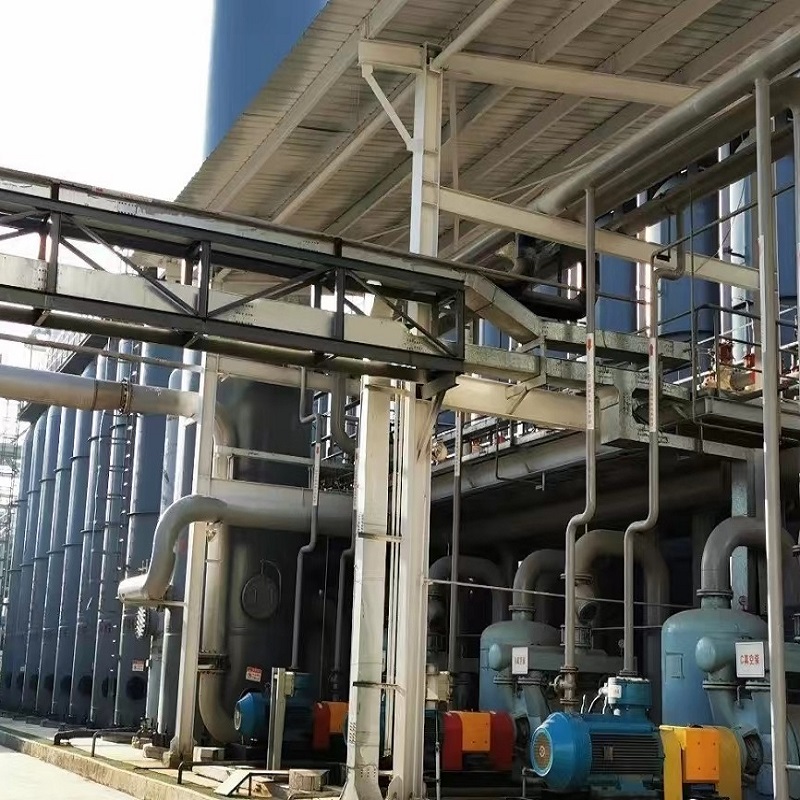
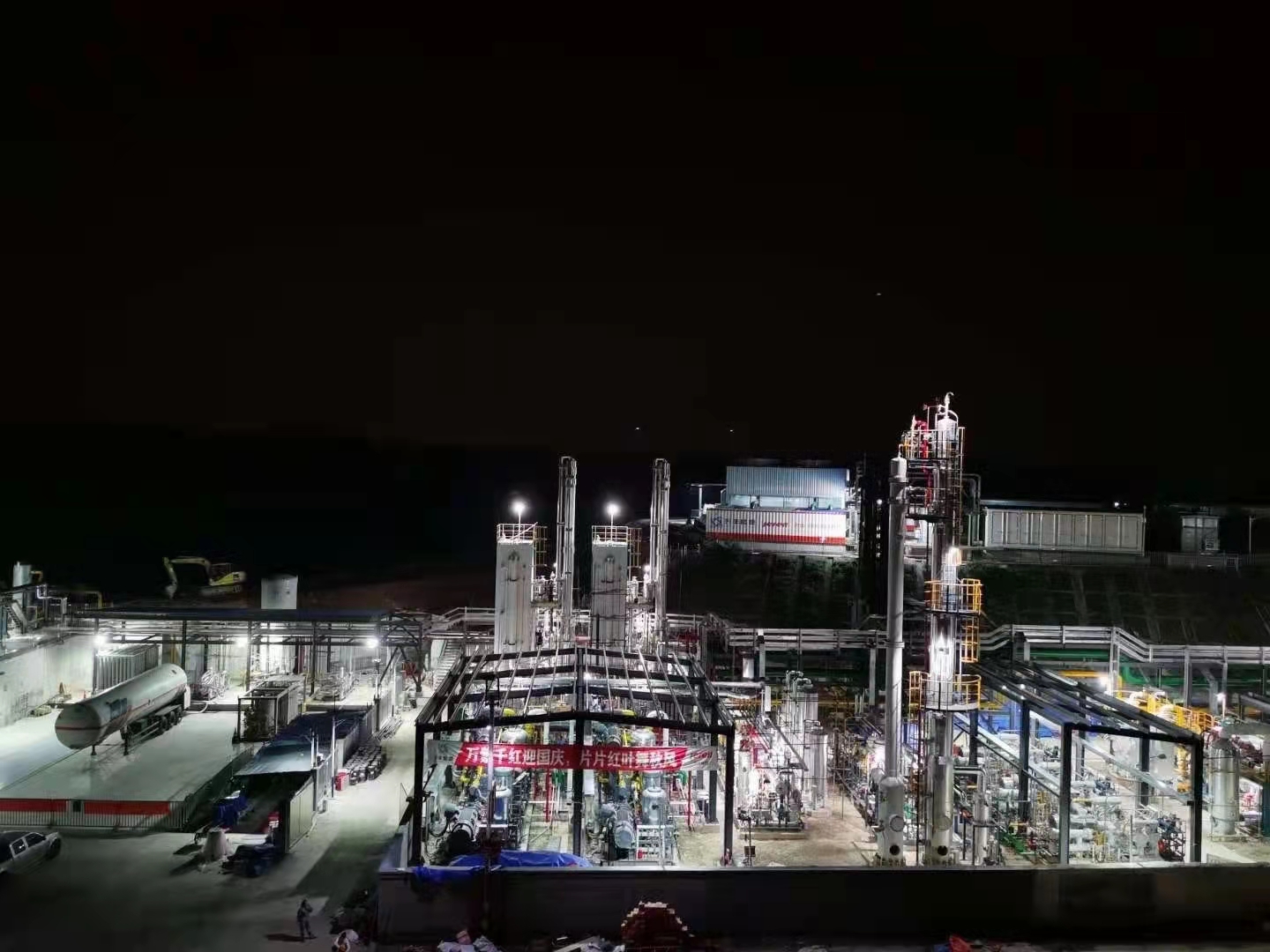
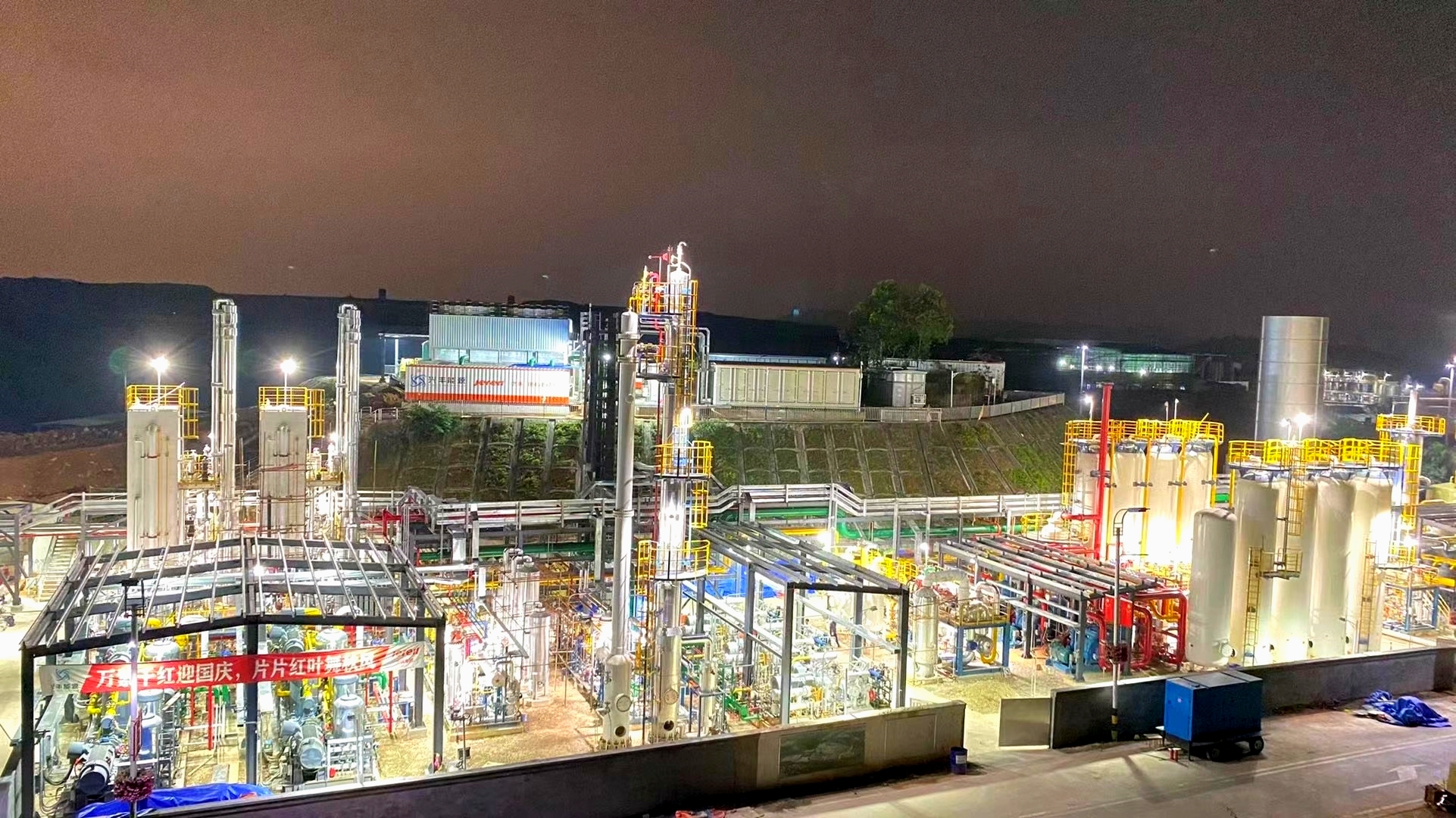
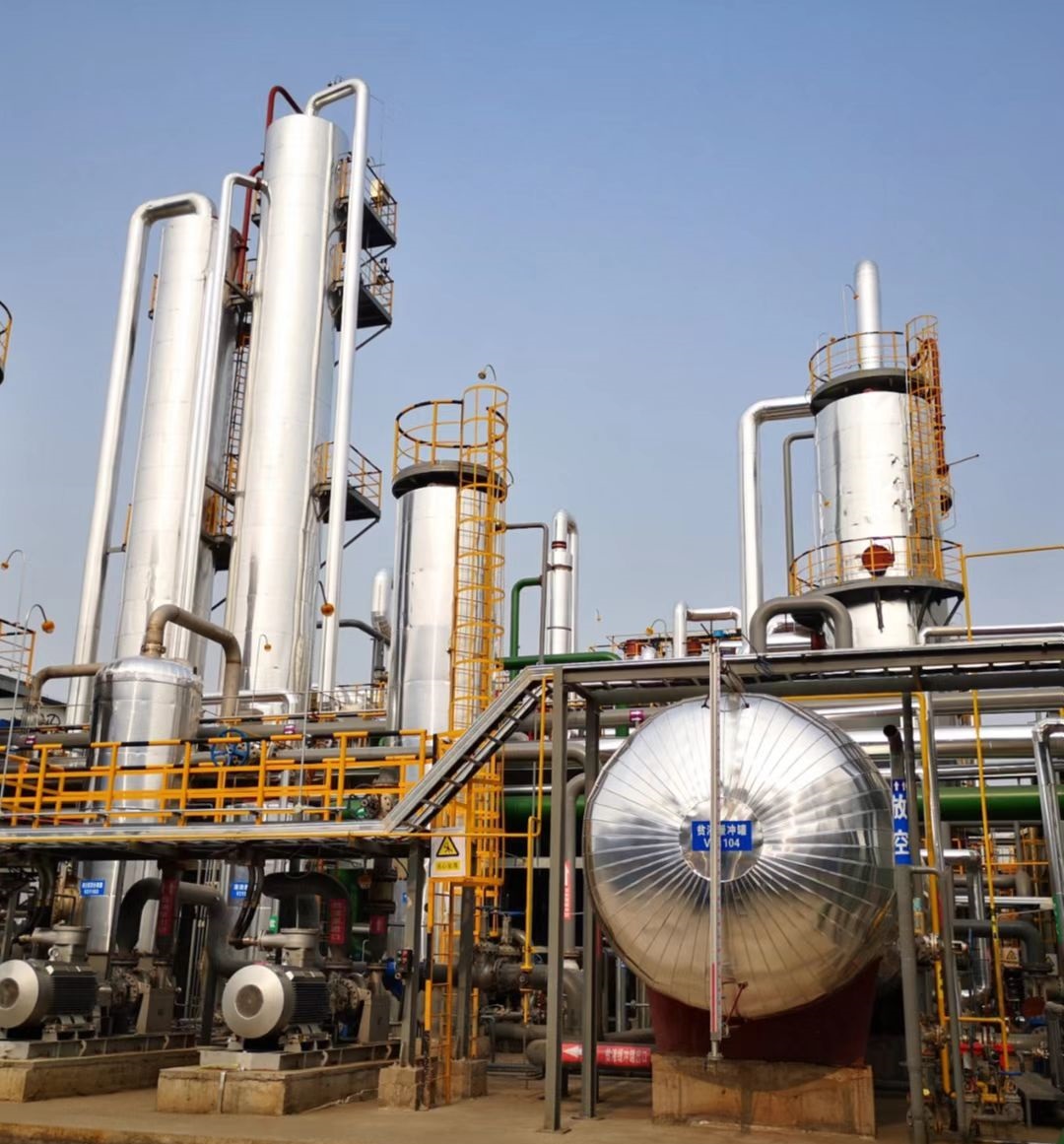






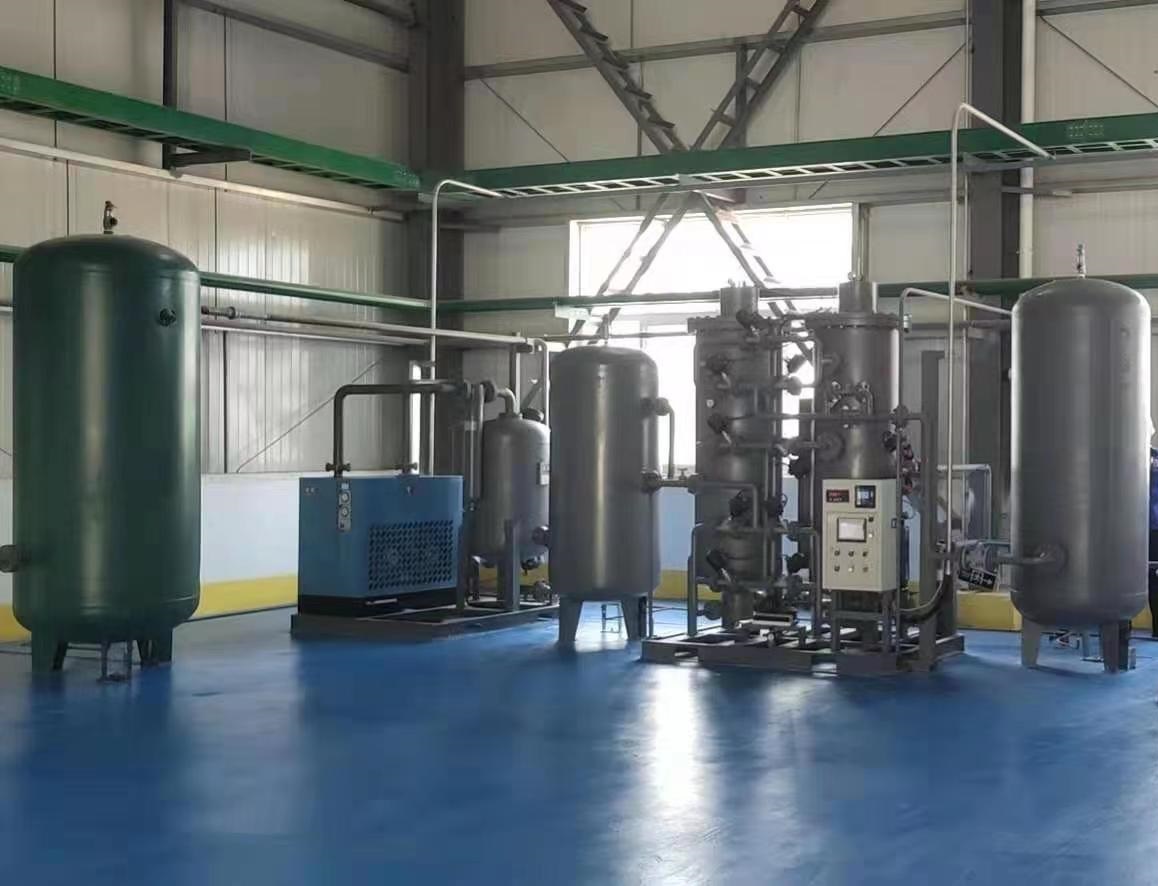

 wechat sharing
wechat sharing

 link sharing
link sharing
 Global Links
Global Links  Accurate Matching
Accurate Matching  Online Interaction
Online Interaction  Brand Enhancement
Brand Enhancement  All-Win Cooperation
All-Win Cooperation  Official account
Official account  Mobile terminal
Mobile terminal